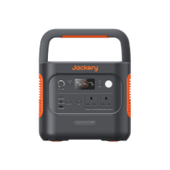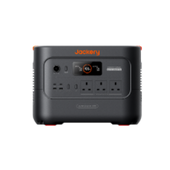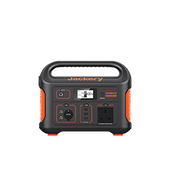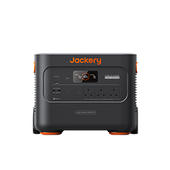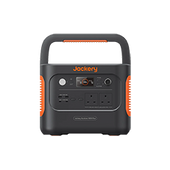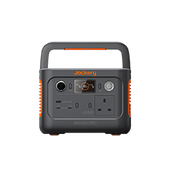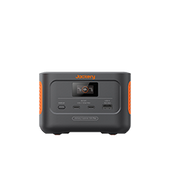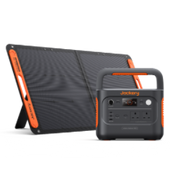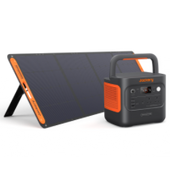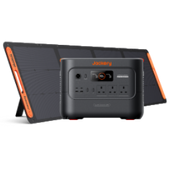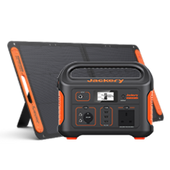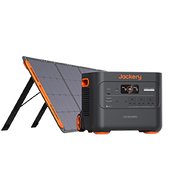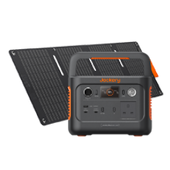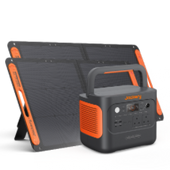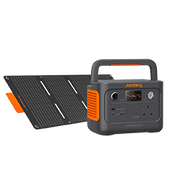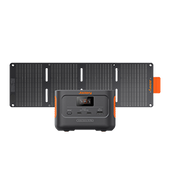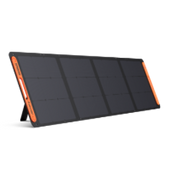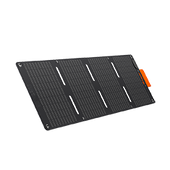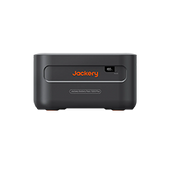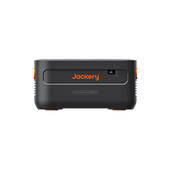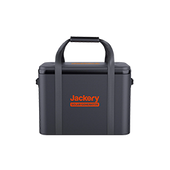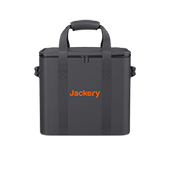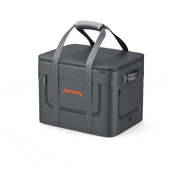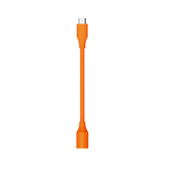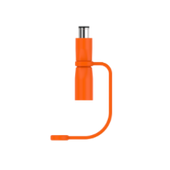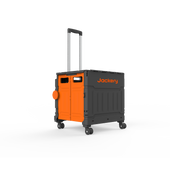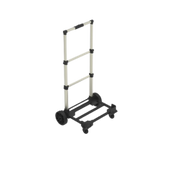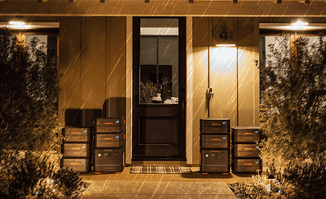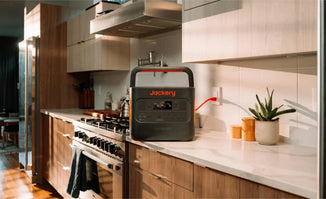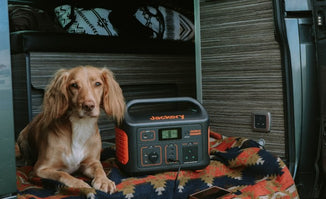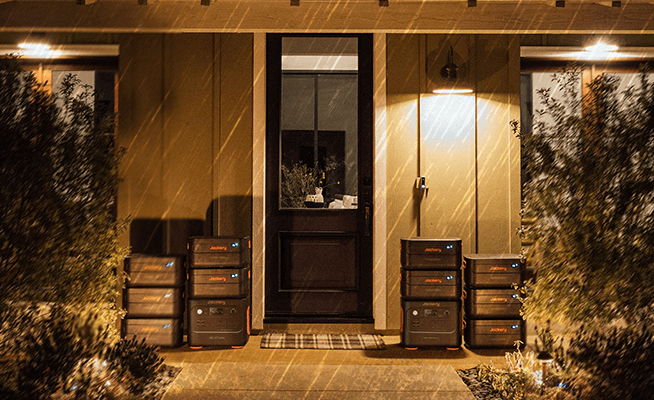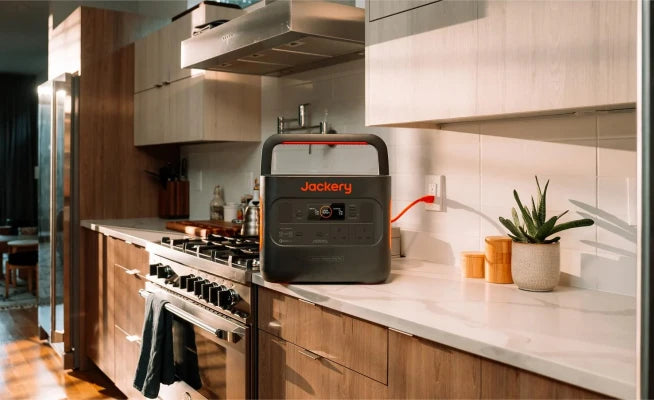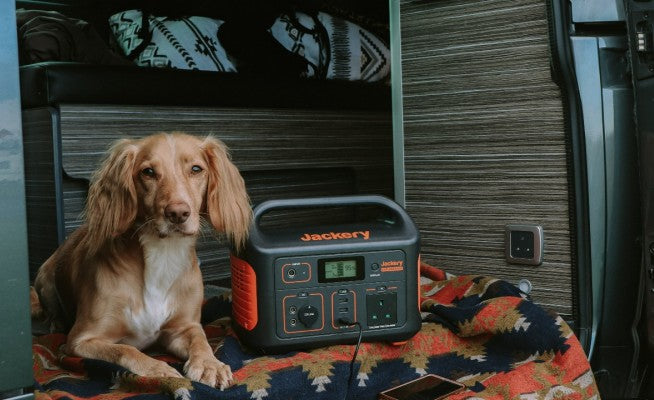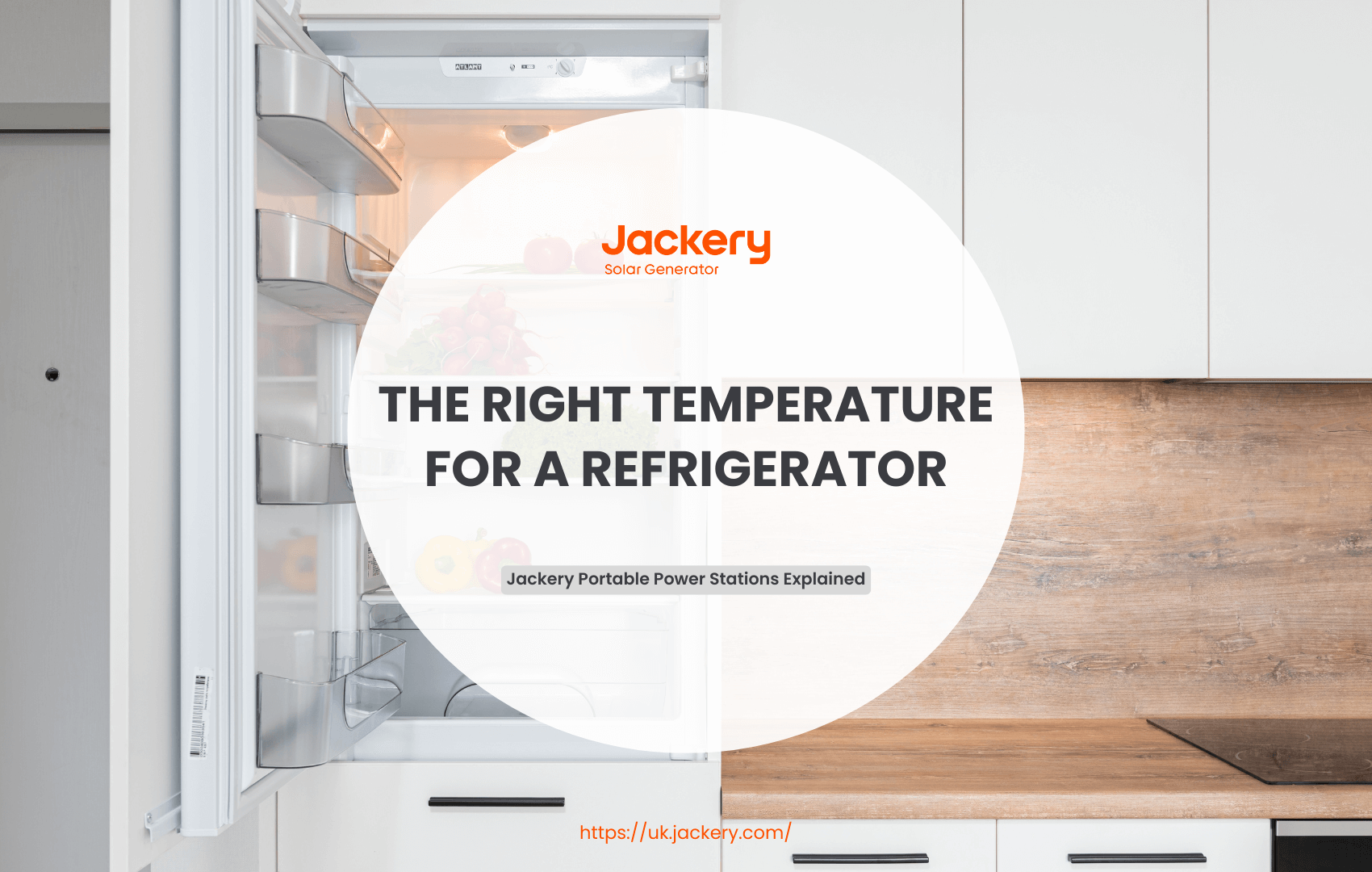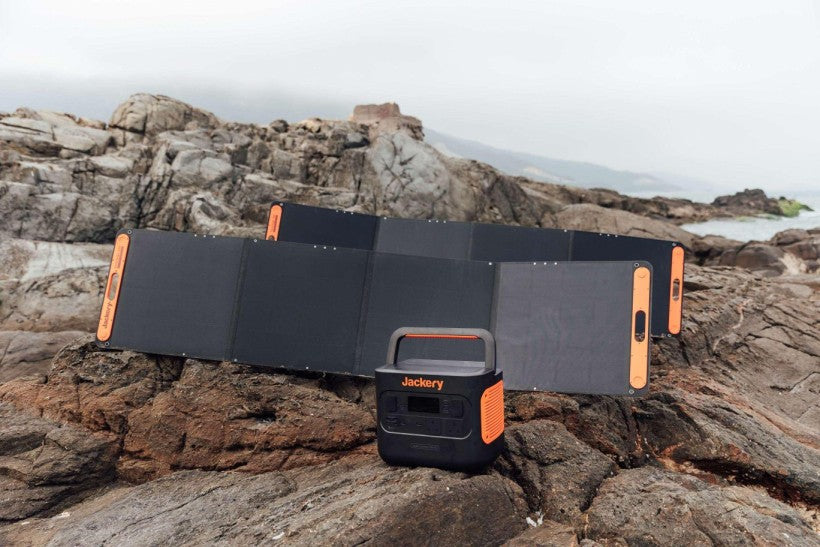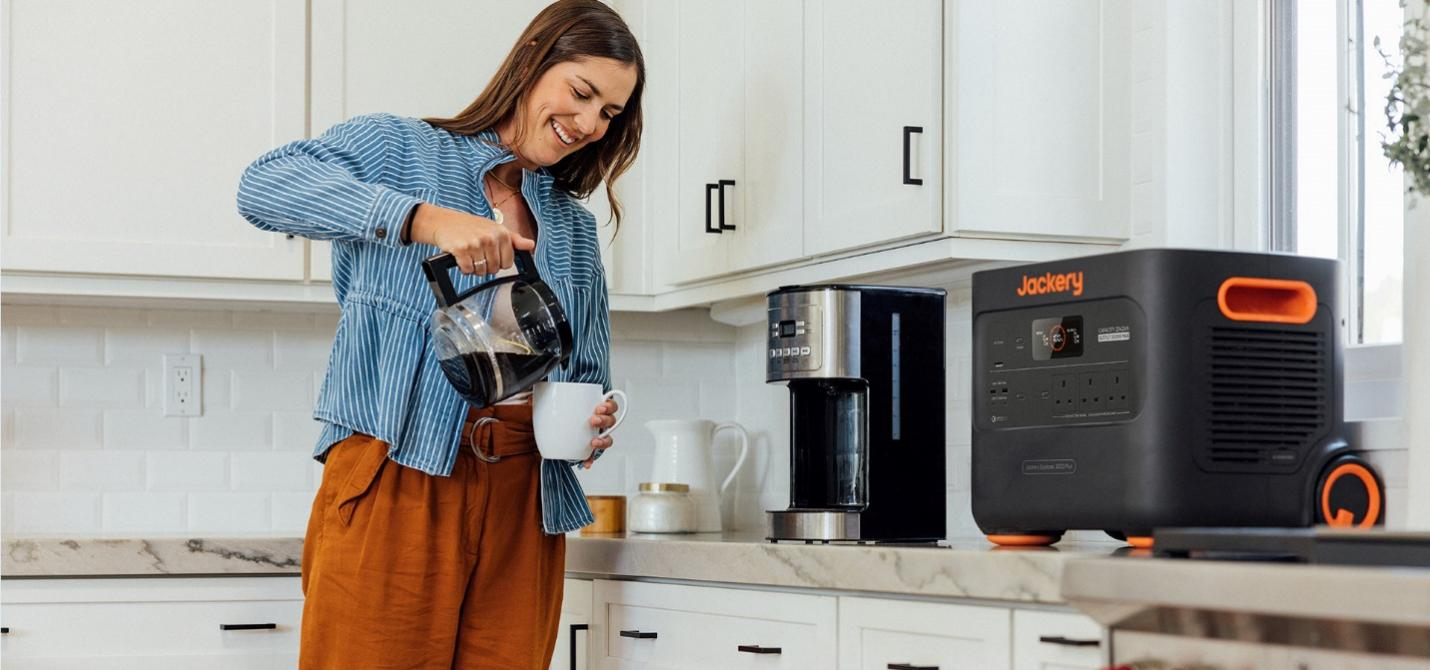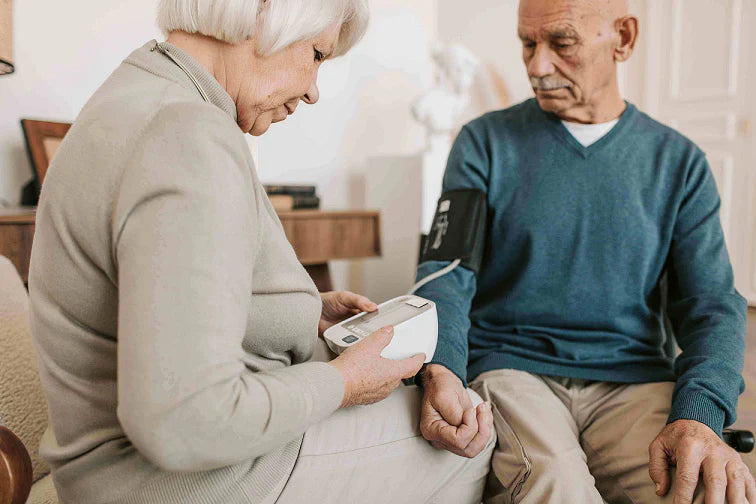When food exceeds a specific temperature, bacteria will begin to grow exponentially. Storing food in the refrigerator is wise to ensure food quality and reduce the risk of food poisoning. But how cold should the refrigerator be? The right temperature for the refrigerator is usually between 2 and 4 degrees Celsius, while the freezer is best set to -18 degrees Celsius or lower.
In addition to the right refrigerator temperature, after reading the following content, you will also get helpful information about the signs of incorrect refrigerator temperature, how to adjust the temperature, and ways to maintain a suitable temperature.
|
Key Takeaways: |
|
● The right temperature for the refrigerator is usually between 2 and 4 degrees Celsius, while the freezer is best set to -18 degrees Celsius or lower. ● Place the thermometer in the back of the middle layer of the refrigerator and wait for at least 5-8 hours before reading. ● Faster food spoilage, excessive ice, odour, abnormal operating sounds, and other symptoms indicate an incorrect refrigerator temperature. ● Ordinary refrigerators usually need to be adjusted by twisting the knob, while smart refrigerators can be adjusted through the touch display and official app. ● Cooling food before storage, avoiding frequent opening of the refrigerator door, keeping away from heat and sunlight, and regular cleaning and defrosting are all good ways to maintain the right temperature for the refrigerator. ● We highly recommend the Jackery Portable Power Station, such as the Explorer 2000 Plus or 3000 v2, for powering refrigerators and other appliances, saving electric bills, or using it in emergencies. |
What Is the Right Temperature for a Refrigerator?
Many people don't know what the right refrigerator temperature is. However, understanding this is crucial to ensure food freshness and safety, energy efficiency, and equipment life. If the refrigerator temperature is appropriate, food can stay fresher for longer. However, if the refrigerator temperature is too high, bacteria and microorganisms will grow faster, which may lead to harmful bacteria.
The following are the recommended temperature ranges for refrigerators and freezers.
The Right Temperature for Refrigerators
It is recommended that refrigerators be kept between 2 and 4 degrees Celsius. This temperature range effectively extends food's freshness and inhibits bacterial growth. It suits most ingredients, such as vegetables, fruits, dairy products, and cooked food.
4°C is the key temperature to inhibit the rapid growth of most foodborne pathogens, such as Salmonella and E. coli. The refrigerator's temperature is greater than zero degrees, mainly to prevent frostbite, lettuce, melons, etc., from freezing and deteriorating.
Right Temperature for Freezers
For freezers, setting the temperature to -18 degrees Celsius or lower is best. This low temperature is a safety benchmark for long-term storage of frozen food. It can quickly freeze food, prevent bacterial activity, and ensure long-term storage of meat, seafood, frozen food, etc.
Most frozen foods are labelled to be stored below -18°C. The temperature can be adjusted to a lower level for deep-frozen ingredients such as ice cream and quick-frozen foods, but be aware of the increased energy consumption. For example, some ice cream and desserts may require a temperature of -23°C to -29°C to maintain a creamy texture and taste.
In short, setting the refrigerator to 2°C to 4°C and the freezer to -18°C or lower can extend the shelf life of food by about 30% and reduce food safety risks.
How to Measure Temperature for a Refrigerator?
The right refrigerator temperature will directly affect food safety and freshness. How do you know the refrigerator's temperature?
Although some modern refrigerators have electronic temperature control screens that can directly display the internal temperature, the temperature may become inaccurate after long-term use. The following will provide a detailed and straightforward method for measuring the refrigerator's temperature.

Step 1: Choose a Suitable Thermometer
Preferably choose a digital thermometer with high accuracy, and ensure that the temperature range covers the refrigerator (2-4°C) and the freezer (-18°C).
Step 2: Place the Thermometer in the Right Position
When measuring the refrigerator's temperature, place the thermometer at the back of the middle layer, avoiding the cold air outlet and the refrigerator door. Alternatively, you can simultaneously place multiple thermometers in different areas to detect the temperature difference.
To check the freezer's temperature, place the thermometer in the centre and insert it between the food packages in the middle layer. Clean the thermometer with soapy water before use to avoid contaminating the food.
Step 3: Wait and Read
Close the refrigerator door and wait for at least 5-8 hours or overnight for the temperature to stabilise. When reading the value, quickly take out the thermometer to read the value, making sure it is not disturbed by external light or heat sources. In addition, you need to pay attention to avoid frequently opening the door to affect the reading. To get more accurate data, you can measure it for 2-3 consecutive days at different times to confirm the stability.
It is recommended to record the temperature at least once every quarter, especially after seasonal changes or after the refrigerator is moved. Suppose you observe that dairy products are quickly acidified, vegetables are soft and yellow, the surface of meat is sticky, and ice cream becomes soft. In that case, you may suspect that the refrigerator temperature is abnormal. Please measure it using the above method.
Signs That the Refrigerator Temperature Is Not Right
When the refrigerator temperature is incorrect, it will affect the food quality and cause waste and health hazards. Please note that the refrigerator temperature needs to be adjusted when the following signals appear.

Signal 1: Food Spoils or Rots Faster
If dairy products such as milk and yoghurt become sour or lumpy sooner than usual, it indicates that the refrigerator's temperature is too high. Alternatively, fresh fruits and vegetables wilt and perish faster, indicating that the refrigerator temperature is not optimal. Softening or frost on the surface of meat, ice cream, and other items in the freezer signals that the temperature changes significantly or fails to reach the required freezing point.
Signal 2: Excessive Ice or Water Accumulation Inside the Refrigerator
Many frost forms on the refrigerator or freezer wall, and ice cubes form. Incorrect temperature settings could also cause water collection at the bottom of the refrigerator or drawer.
Signal 3: Odour in the Refrigerator
Odour is not only concerned with food odour; it can also be related to temperature. For example, the odour of food spoiled owing to high temperatures may reappear after cleaning. If the humidity is too high or the temperature is too low for an extended period, mould development may occur, producing a musty odour.
Signal 4: The Refrigerator Is Running Abnormally
All refrigerators make a slight, continuous humming sound, but if you hear other strange sounds, a component may have a problem. For example, if the refrigerator is unusually quiet, the internal temperature is likely too high, or the thermostat is broken.
Signal 5: Abnormal Touch
Suppose the refrigerator compartment does not feel cold (or even a little warm) but is like room temperature; the refrigerator's temperature is abnormal. For example, you can't feel a noticeable coolness when you put your hand in.
Signal 6: Abnormal Increase in Energy Consumption
If you find that your electricity bill has suddenly increased, and excluding the influence of other electrical equipment, an abnormal refrigerator temperature may be one of the reasons. Too high a temperature setting or a refrigeration system failure will cause the compressor to operate overloaded and consume more electricity.
How to Adjust and Set the Temperature for a Refrigerator?
Adjusting and setting the right temperature for a refrigerator is the key to keeping food fresh and saving energy. Different types of refrigerators have different operating methods. The following content will help you understand how to adjust the refrigerator's temperature.
Method 1: Temperature Adjustment and Setting of Ordinary Refrigerators (knob-type adjustment)
Find the knob, which is usually located on the top, side, or back panel of the refrigerator compartment. This knob usually controls the temperature of the refrigerator and freezer compartments simultaneously. Just turn the knob to the number or scale position you want. The larger the number, the stronger the refrigeration and the lower the temperature.
|
Dial Display |
Temperature Setting |
|
0 |
Cooling System Off |
|
Minimum or 1 |
Warmest Setting |
|
2 or 3 |
Recommended Setting |
|
Maximum or 5 |
Coolest Setting |
Please note that these numbers do not represent specific degrees Celsius but are just an indicator of the refrigerator's refrigeration intensity.
Method 2: Temperature Adjustment and Setting of Smart Refrigerators
Adjusting smart refrigerators is more intuitive and precise, and the target temperature value can be set directly. The refrigerator door or interior is equipped with a touch display. After the touch screen wakes up, look for similar temperature settings or temperature adjustment options, click to select the area and temperature you want to adjust.
A mobile phone app can also control some smart refrigerators. Download and connect the official app of the refrigerator brand. In the app interface, select the temperature control module, slide, or enter the value to adjust the temperature of each area. The app usually has functions such as real-time temperature status and timer adjustment.
Please note that the refrigerator takes about 24 hours to stabilise at the new temperature after adjustment. If you encounter any operational problems, contact the brand's customer service or professional maintenance personnel.
How to Maintain the Right Temperature for a Refrigerator?
In addition to setting the right temperature for the refrigerator, you can take steps to help maintain the ideal temperature. Maintaining the correct temperature prolongs food's shelf life, reduces waste, and ensures food safety.

Store Food After It Cools Down
Hot food will significantly increase the temperature inside the refrigerator, increase the burden on the compressor, and make the surrounding food more prone to bacterial growth. Therefore, hot food must be cooled to room temperature and covered before being put into the refrigerator.
Make Sure the Door Seal Is Well Sealed
The seal on the refrigerator door's edge can isolate cold air and keep high temperatures out. Dirty, ageing, or distorted door seals can allow cold air to enter, increasing energy usage and making it difficult to maintain low temperatures. You can use a piece of paper to test the refrigerator door seal. If the paper is readily removed, it indicates that the seal is loose and should be replaced or fixed.
Avoid Opening the Refrigerator Door Frequently
Every time you open the refrigerator door, a large amount of warm and humid air will rush in, and cold air will be discharged, requiring extra energy to cool down. Think about what you want to take before opening the door, and take it and put it quickly. Also, avoid leaving the refrigerator door open for a long time when sorting food.
Avoid Overfilling or Underfilling Your Refrigerator
An overfilled refrigerator can block cold air circulation, causing uneven temperatures inside the refrigerator. On the other hand, an underfilled refrigerator allows more warm air to rush in when you open the door, causing greater temperature swings. It's best to keep the refrigerator about 70%-80% full and ensure enough space between food to allow cool air to circulate.
Don't Put Your Refrigerator Too Close to a Wall
Refrigerators need space to dissipate heat, so ensure enough space between the back and sides of the refrigerator and the walls and cabinets. There should be at least an inch of clearance between the refrigerator and the wall. Also, don't stack clutter on top of the refrigerator.
Keep It Away from Heat and Sunlight
Avoid exposing your refrigerator to direct sunlight, which might cause it to heat up. Too high ambient temperatures can cause your refrigerator to work harder and food to degrade faster. Also, avoid placing your refrigerator near heat sources such as ovens, stoves, dishwashers, and radiators.
Clean Regularly
Wipe down the inside and outside of your refrigerator every month to prevent dust from blocking the heat. When cleaning the outside of your refrigerator, move it away from the wall and clean any dust and debris in the area behind it. Don't forget to clean the condenser, which is located at the back or bottom of the refrigerator and is responsible for releasing heat from the inside. If the condenser coil is clogged with dirt, dust, and debris, it will not work effectively.
Defrost Regularly
Excessive frost can seriously reduce the refrigerator's cooling efficiency. When the frost thickness in the refrigerator's freezer exceeds 0.6 cm, it is time to defrost manually. It is best to follow the instructions for safe defrosting, including unplugging the power supply, emptying the food, and drying it thoroughly.
Prepare a Backup Power Supply
If a power outage occurs, the food inside the refrigerator is likely to spoil due to temperature changes. Prepare a backup power supply (such as Jackery Explorer 3000 v2 or 2000 Plus) to provide stable power to the refrigerator during a power outage or other emergency.

Jackery Portable Power Stations for Refrigerators
Jackery Portable Power Stations are increasingly popular for powering refrigerators, particularly in scenarios like off-grid living, camping, or during power outages. While they aren't primarily designed to "save electric bills" in a conventional sense for a constantly running home refrigerator, they offer significant advantages.
A power outage, even a short one, can lead to food spoilage in your refrigerator and freezer. A Jackery allows you to keep your perishables cold, saving you money on replacing lost food and avoiding potential health risks.
Jackery Power Stations provide a clean, stable power supply safe for sensitive electronics like refrigerator compressors. Unlike gas generators, they produce no fumes, making them safe for indoor use (though ventilation is always recommended). Gas generators are noisy and disruptive. Jackery units are virtually silent, a massive advantage during an outage, especially if you're trying to sleep or maintain peace in your home.
Jackery Explorer 3000 v2
The Jackery Explorer 3000 v2 is an excellent choice for powering refrigerators in various scenarios, including power outages, emergencies, and even to help reduce electricity bills. Its robust specifications and features make it particularly well-suited for these demanding applications.

Massive 3072Wh Capacity: This is a substantial battery capacity, designed to provide extended runtimes for critical appliances like refrigerators. A typical household refrigerator (around 200W) can run for 24-48 hours on a single charge of the Jackery 3000 v2, depending on its efficiency and duty cycle. Even larger, less efficient models (e.g., 400W) can still get significant run time (e.g., 5-8 hours).
3600W Continuous Output (7200W Surge): Refrigerators have a high "starting wattage" or "surge wattage" when their compressor kicks on. The 3000 v2's 3600W continuous output and 7200W surge capability ensure it can handle these brief power spikes without tripping or shutting down, making it compatible with almost all household refrigerators.
Powers Other Essentials: Beyond the refrigerator, its high output allows you to power other critical devices simultaneously, such as lights, Wi-Fi routers, phones, laptops, and even some medical equipment, during an outage.
Uninterruptible Power Supply (UPS) Function: The 3000 v2 features a built-in UPS that switches to battery power in less than 20 milliseconds during an outage. This seamless transition is crucial for keeping sensitive electronics, like refrigerators, running without interruption, preventing food spoilage.
Long-lasting LiFePO4 Battery: The LiFePO4 (Lithium Iron Phosphate) battery chemistry offers superior longevity, with over 4,000 charge cycles to 70%+ capacity. This means it can reliably serve as an emergency backup for many years (up to 10 years of daily use) without significant degradation.
Jackery Explorer 2000 Plus
The Jackery Explorer 2000 Plus stands out as a top-tier choice for powering refrigerators, especially in situations demanding reliable backup power like outages and emergencies, and it can also play a strategic role in managing energy costs. Here's a detailed look at why:

High Continuous and Surge Wattage: A standard full-size refrigerator typically uses 100-800 watts when running, but it requires a much higher "surge" wattage (often 1000-2500 watts, or even higher) for a brief moment when the compressor kicks on. The Jackery Explorer 2000 Plus boasts a continuous output 3000W and a 6000W surge peak. This ample power ensures it can comfortably handle the starting and running demands of virtually any household refrigerator or freezer.
Large Capacity for Extended Runtimes: With a base capacity of 2042.8Wh, this substantial battery capacity means the 2000 Plus can keep a typical refrigerator (which cycles on and off) running for 1-2 days on a single full charge. This is crucial for navigating the most common power outages. The 2000 Plus is highly modular. You can add up to five additional Battery Pack 2000 Plus units, expanding the total capacity to a staggering 12kWh.
Exceptional Lifespan: The 2000 Plus utilises a LiFePO4 (Lithium Iron Phosphate) battery. These batteries are rated for 4000 charge cycles to 70-80% capacity, meaning they can last for 10 years or more, even with daily use. This significantly outperforms older lithium-ion chemistries (typically 500-1000 cycles), making it a much more durable and cost-effective long-term investment.
Ultra-Fast AC Charging: The 2000 Plus can be fully recharged from a wall outlet in approximately 1.7 hours. This rapid charging is vital for quickly preparing for an impending storm or topping up after an outage.
Whisper Quiet (under 30dB): Unlike noisy gas generators, the 2000 Plus operates at a very low noise level, comparable to a quiet library. This is crucial for maintaining comfort in your home during an outage.
Why Is the Right Temperature for a Refrigerator So Important?
Setting the refrigerator to the right temperature is not only a matter of saving electricity, but also a key measure to ensure food safety, enjoy fresh and delicious food, and reduce food waste. The right temperature for a refrigerator is so essential mainly because it is directly related to the following aspects:
Maintaining Food Quality
The appropriate refrigerator temperature can effectively slow down the chemical reactions and enzyme activity that cause food to rot, emit odours, and spoil. It also keeps veggies crisp, meat and dairy goods fresh, and leftovers safe for several days. If the temperature is too high, the food may not be adequately preserved, resulting in waste and health problems.
Inhibit Bacterial Growth
The proper refrigerator temperature can considerably limit the growth rate of hazardous bacteria, such as Salmonella, E. coli, and Listeria, lowering the risk of foodborne illness. For example, while Listeria can grow slowly at low temperatures, temperatures below 4°C can significantly reduce its reproduction.
Improve Appliance Efficiency and Lifespan
Maintaining the correct temperature allows the refrigerator to function with relatively little energy usage while giving the finest food preservation results. This reduces energy bills and the number of repairs needed and extends service life to some extent. For example, long-term operation at too low a temperature causes the compressor to continue to run at high intensity, potentially shortening the refrigerator's life.
FAQs
The following are the frequently asked questions about the right temperature for a refrigerator:
1. What should the right temperature for a refrigerator be?
The right temperature for a refrigerator should be between 2 and 4 degrees Celsius (36 and 40 degrees Fahrenheit). This range helps keep food fresh and prevents bacteria from growing.
2. Can a refrigerator maintain the right temperature when fully or partially filled?
A refrigerator works best when it is three-quarters full to maintain the right temperature. Overfilling a refrigerator with food blocks airflow and creates localised temperature differences, while an empty refrigerator uses more energy to maintain temperature. Remember that there should also be some space between items in the refrigerator.
3. How often should I check the temperature of my refrigerator?
It is best to check the temperature of your refrigerator once a quarter. Alternatively, check it at least twice a year. Place the refrigerator thermometer on the middle shelf of the refrigerator, away from vents and food packaging. Leave the thermometer for at least five to eight hours before reading the temperature.
4. How can I prevent food from spoiling in my refrigerator during a power outage?
If the power goes out, do not open the refrigerator door. The best thing to do is to prepare a portable power source to power the refrigerator during a power outage.
I recommend the Jackery Explorer 3000 v2 or 2000 Plus portable power station, which can even use solar charging (need to be equipped with solar panels) to power the refrigerator during a power outage.
Final Thoughts
In short, a refrigerator temperature that is too high is prone to breeding bacteria, while a freezer temperature that is too low will cause food to spoil. The right temperature for a refrigerator can slow down bacterial growth, keep food cold, and make it safe to eat for days or weeks. You must measure whether the refrigerator temperature is correct when signs such as accelerated food spoilage, excessive ice, odour, and abnormal operating sounds occur. If the refrigerator's temperature is abnormal, please adjust or set it in time.


